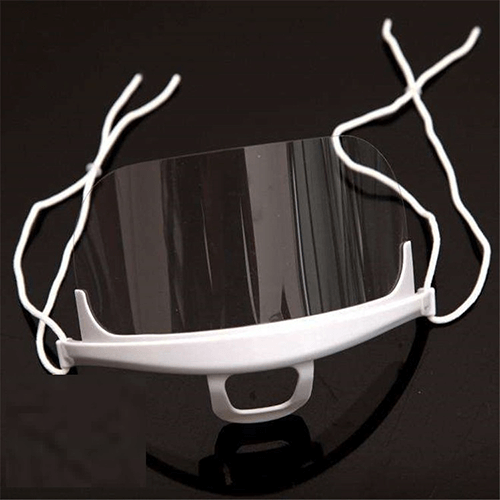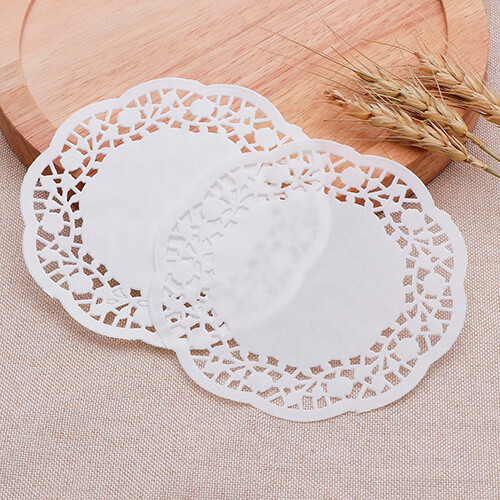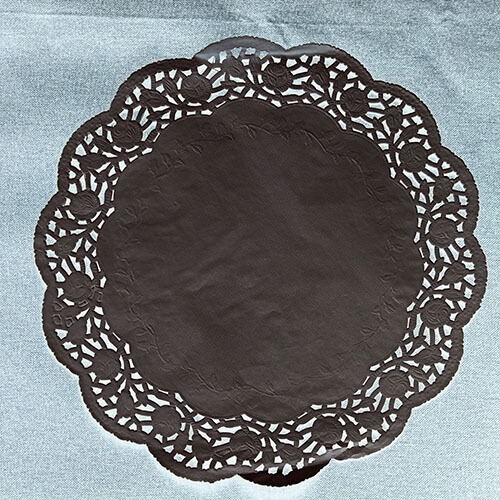- Welcome to Jinan Guangmei Paper Products Co., Ltd.
- 0086-15063384366
- alanjia@paperdoiliesvip.com
Transparent Plastic Face Mask

Paper doilies Craft Ideas
11/27/2019
Anti-Fog Transparent Plastic Face Mask
11/28/2019Hypertrophic scars caused by facial burns can have a detrimental effect on patient’s mental well-being. The cornerstone in treating hypertrophic scars in the face consists of exerting mechanical pressure. Early treatment options consisted of hoods that were made of elastic fiber. However, due to the irregular shape of the face, the amount of pressure they delivered was often insufficient, especially over concave sites of the face. In the 1980s, rigid transparent plastic face masks were introduced and they have become a widely accepted treatment method for hypertrophic facial scars.1–4 Although pressure therapy is widely used and accepted as the standard conservative therapy for treating hypertrophic facial scars, the exact working mechanism is not yet elucidated. Meanwhile, varying fabrication methods and different types of facial orthoses have been described.5,6
The conventional method of fabricating a custom transparent face mask requires an experienced orthotist/prosthetist. The fabrication process includes the formation of a negative and positive plaster mold, respectively, after which a transparent thermoplastic sheet is heated and molded over the positive plaster mold.2,7
In recent years, however, non-contact scanning of the face and three-dimensional (3D) printing of the mask have been developed and have become more attractive, as it is, in particular, more convenient and less burdensome for children.5,8–10 With the help of specialized software, the model obtained by 3D scanning can be adjusted, and a mask can be printed by a 3D printing machine.






